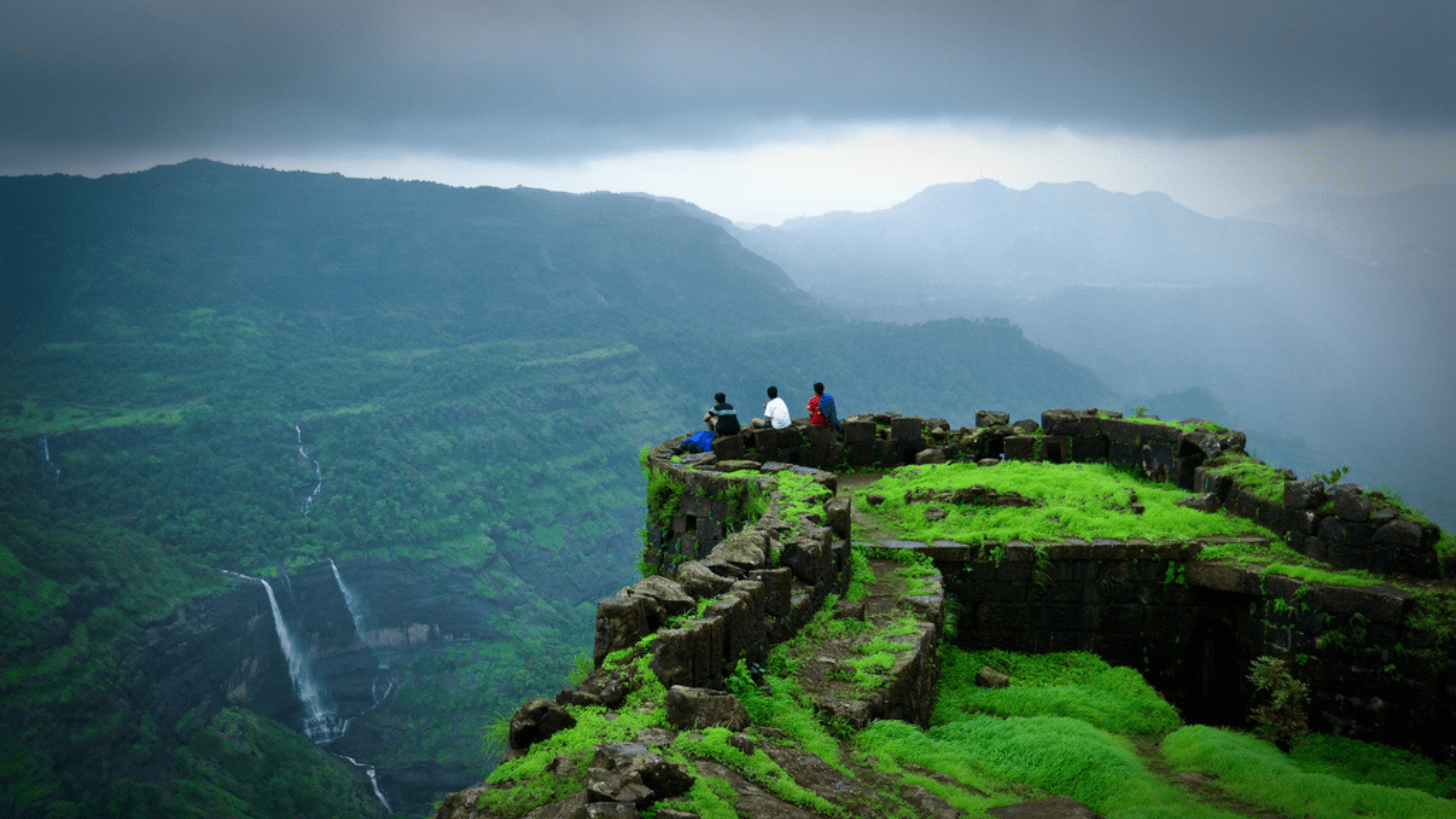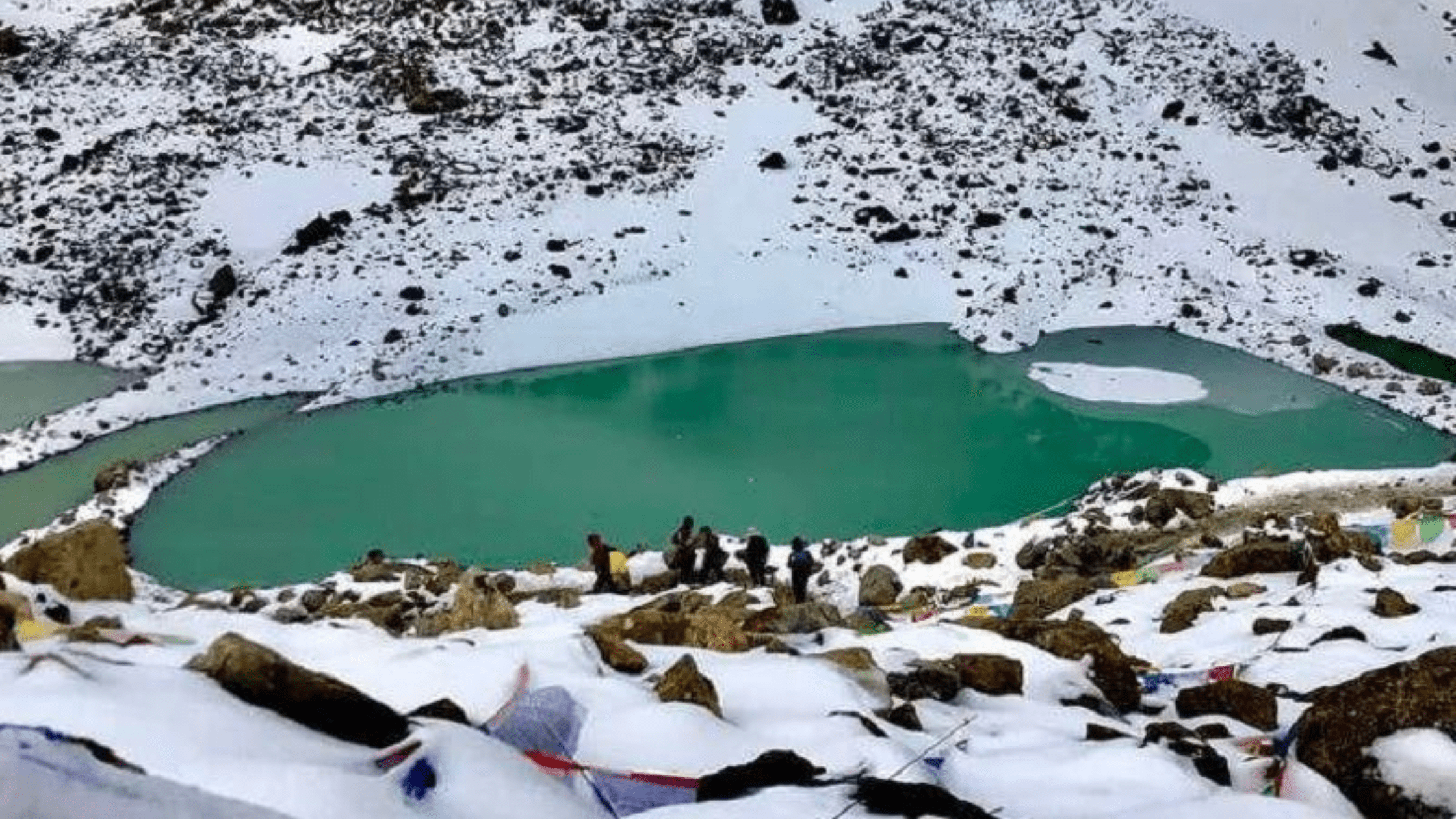Nestled in the enigmatic terrains of the Garhwal Himalayas, the Govind Pashu Vihar National Park is a testament to nature’s splendor, boasting a rich tapestry of flora, fauna, and breathtaking landscapes. Often overshadowed by its more famed counterparts, this national park is a serene and relatively untouched paradise for nature enthusiasts, trekkers, and wildlife aficionados.
The Genesis of Govind Pashu Vihar National Park

Established in 1955, the Govind Pashu Vihar National Park spans an impressive area of about 958 square kilometers. Named in honor of the prominent freedom fighter Govind Ballabh Pant, the park was initially a wildlife sanctuary. It achieved national park status in 1990, cementing its importance in India’s conservation efforts.
Govind Pashu Vihar National Park – A Flora-Fauna Wonderland

Fauna: The park’s altitude variations, ranging from 1,400 meters to well over 6,000 meters, ensure a diverse habitat conducive to varied wildlife. Notable residents include the endangered snow leopard and the elusive Himalayan black bear. If you’re fortunate, you might also spot the western tragopan, a bird known for its mesmerizing vocals and vibrant plumage.
Other members of this natural haven include musk deer, brown bears, bharal (blue sheep), and the monal – Uttarakhand’s state bird, recognized by its iridescent plumage.
Flora: The park is equally rich in vegetation. As one traverses from the lower to the higher altitudes, the vegetation transforms from moist deciduous forests to alpine meadows (locally known as ‘Bugyals’) and then to barren, snow-clad landscapes. Rhododendron, oak, and birch forests paint the region in varying shades of green, interspersed with bursts of vibrant flowers during the spring.
Govind Pashu Vihar National Park Trekking Through Time and Terrain

Apart from its ecological significance, Govind Pashu Vihar National Park is also a trekker’s delight. The Har-ki-dun trek, one of the most famous trails in Uttarakhand, winds through this park. As you navigate the path, you’re not just walking on land but through history, with ancient villages dotting the route, echoing tales of age-old civilizations and mythological legends.
Conservation Initiatives
Understanding the park’s pivotal role in preserving rare species and maintaining the region’s ecological balance, various conservation programs are in place:
Anti-Poaching Drives: Regular patrolling and monitoring to safeguard against poaching, primarily targeting musk deer and snow leopards for their high market value.
Habitat Restoration: Efforts are on to restore areas affected by human activities, ensuring that wildlife thrives and the park’s ecological balance is maintained.
Best Time to Visit Govind Pashu Vihar National Park
The ideal time to explore Govind Pashu Vihar National Park is between May to June and September to November. During the monsoon months (July-August), the region experiences heavy rainfall, making some trails inaccessible. Winter sets in by late November, blanketing the park in snow, a sight to behold but challenging for treks.
Travel Tips to Govind Pashu Vihar National Park
Permits: All visitors require permits to enter the national park. Ensure you acquire them from the Forest Department before your visit.
Stay: Accommodations within the park are limited. However, there are forest rest houses and a few guesthouses. Camping is another viable option for adventurers.
Guided Tours: Considering the vastness and ruggedness of the terrain, opting for guided tours is advisable. Local guides can enhance the experience by sharing fascinating insights about the region’s wildlife, folklore, and more.
The Cultural Tapestry of Govind Pashu Vihar National Park

Beyond the undulating meadows, cascading waterfalls, and majestic creatures, the region surrounding Govind Pashu Vihar National Park is steeped in culture and tradition.
- Local Communities and Their Harmonious Existence:
The villages around the park, like Sankri and Taluka, offer glimpses into the lives of the indigenous Garhwali people. Their resilient way of life, attuned to the rhythm of the mountains, is a testament to human adaptability and spirit. Participating in their daily activities, from farming to local crafts, offers a grounding experience.
- Mythological Connect:
The Har-ki-dun valley, part of the park, is believed to be the pathway the Pandavas took to ascend to heaven. Ancient temples dedicated to Duryodhana, a Mahabharata character, can be found in the Osla village, underlining the deep-rooted connection of this region with Indian mythology.
- Gastronomic Delights:
The Garhwali cuisine offers a palette of flavors crafted from locally sourced ingredients. Relish dishes like ‘Phaanu’, ‘Aloo ke Gutke’, and ‘Jhangora ki Kheer’ in local eateries or homestays. Each bite tells a story of the land and its rich agricultural heritage.
- Traditional Garhwali Art & Craft:
The art of ‘Aipan’, a traditional form of design made using rice paste, is a common sight on the walls, floors, and doorsteps of homes around the park. Witnessing or even participating in the creation of these intricate designs offers a meditative experience. Additionally, the region’s woolen crafts, particularly hand-knitted caps and shawls, make for great souvenirs.
- Local Festivals:
Time your visit around local festivals like ‘Harela’ or ‘Basant Panchami’ to experience the vibrant culture in its full splendor. Engage in folk dances, listen to traditional Garhwali music, and immerse yourself in the jovial atmosphere.
- Sustainable Tourism Initiatives:
Understanding the importance of preserving both nature and culture, many sustainable tourism initiatives have sprung up. These ensure that the influx of tourists aids local communities while minimizing environmental degradation. Staying at eco-friendly lodges, participating in community-led treks, or even contributing to local schools are some ways to make your visit more meaningful.
- Adventure Activities:
For those seeking an adrenaline rush, the park’s varied terrains are perfect for adventure sports. Indulge in mountain biking, rock climbing, or even snow sports during the winter months.
- Starry Affair:
With minimal light pollution, the region around Govind Pashu Vihar National Park provides stellar opportunities for stargazing. Camp under the vast canopy of twinkling stars and maybe catch a glimpse of a shooting star or the Milky Way.
- Healing and Wellness:
The purity of the Himalayan air, combined with the serenity of the surroundings, makes it a haven for holistic wellness. Many retreats around the park offer yoga, meditation, and natural therapies that rejuvenate the mind, body, and soul.
An Uncharted Odyssey to Govind Pashu Vihar National Park

Govind Pashu Vihar National Park is not just a piece of land adorned with flora and fauna; it’s a narrative of evolution, survival, and coexistence. As you stand amidst its towering peaks, echoing valleys, and whispering forests, there’s a palpable sense of being a part of something much larger than oneself.
In today’s era, where pristine natural habitats are rapidly diminishing, places like Govind Pashu Vihar stand as reminders of the wonders nature offers. Whether you’re an intrepid explorer or someone seeking solace in nature’s embrace, this national park promises an experience that’s both transformative and unforgettable.







